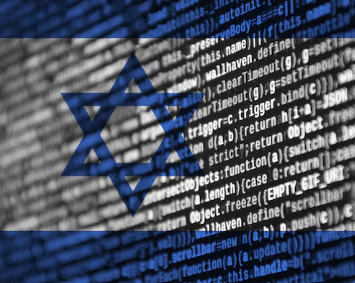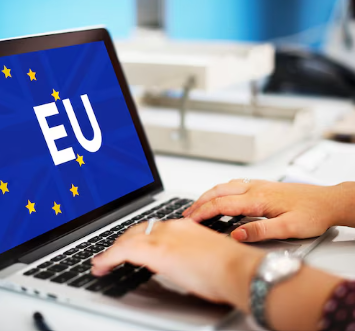Written by: Brendan Mee
After being nominated by President Trump in March 2025, John A. Squires was confirmed by the United States Senate to head the U.S. Patent and Trademark Office (USPTO) on September 18, 2025, by a 51–47 vote, using streamlined rules for sub-cabinet nominees. Squires was previously chief IP counsel at Goldman Sachs and was also chair of the Emerging Companies and IP practice at Dilworth Paxson, where his work focused on AI, blockchain, cryptocurrency and fintech risk management. Squires is not a Registered Patent Attorney.
Squires indicated during his confirmation that he intended to reduce uncertainty around subject-matter eligibility under 35 U.S.C. § 101, and early steps indicate that “reduced uncertainty” means increased patent eligibility, particularly for software and AI-enabled inventions. On his first full day in office Squires personally issued two patents: one directed to distributed-ledger/cryptocurrency technology and another to medical diagnostics. In remarks at the ceremony, he invoked Samuel Morse’s telegraph patent and stressed that applied technologies, from crypto and AI to quantum computing and diagnostics, are “foundational” to economic growth and must remain patent-eligible.
On AI-enabled inventions specifically, almost immediately after taking office, Squires reversed a Patent Trial and Appeal Board (PTAB) patent eligibility decision in Ex parte Guillaume Desjardins et al. (Appeal 2024-000567) and convened a new panel to reconsider the case, the panel consisting of himself, Acting Commissioner of Patents Wallace, and Vice Chief Administrative Patent Judge Kim. Squires signed the reconsidered decision himself.
The claims at issue in Desjardins were directed to training the same instance of a machine learning model on multiple tasks to optimize performance of the model on such multiple tasks, which the PTAB had characterized as an algorithm insufficiently connected to an improvement in technology to be patent eligible. However, relying on Enfish, LLC v. Microsoft Corp., 822 F.3d 1327 (Fed. Cir. 2016) Director Squires wrote that the claims at issue recite “improvement to how the machine learning model itself operates,” and are thus patent eligible. In such cases, Section 102 (novelty), Section 103 (obviousness), and Section 112 (written description, definiteness, and enablement) standards “are the traditional and appropriate tools to limit patent protection to its proper scope.” This is welcome news for patent applicants with AI-related inventions. Squires has signaled a more permissive standard, as relates to patent eligibility at least, for AI-enabled inventions
A second major initiative has been Squires’ rapid reshaping of PTAB practice. In mid-October 2025 he issued an open letter announcing that, going forward, he would personally decide whether inter partes review (IPR) and other AIA trials are instituted, which authority that had been delegated to PTAB panels since passage of the AIA in 2012. Institution decisions will be made “in consultation with at least three PTAB judges,” but the final word will rest with the Director.
Squires followed that notice with an aggressive use of his new power. On October 31, 2025, Squires issued a one-page Notice of Decisions on Institution denying thirteen pending IPR petitions—filed by companies including Apple, Snap, Amazon, and AT&T—without any explanation beyond a bare citation to 35 U.S.C. § 314(a). The order listed only the docket numbers, contained no reasoning and no indication of PTAB panel participation, and was described by Patently-O as inaugurating “a new era of opacity” in PTAB practice. This move marked a sharp break even from Acting Director Coke Morgan Stewart’s already-expanded discretionary-denial regime, which at least produced written analyses.
The PTAB changes suggest that one of Squires’ central initiatives is to rein in the volume and perceived aggressiveness of post-grant challenges, especially in Tech and Pharma. By centralizing institution power in his own office and issuing terse, director-level denials a dozen at a time, Squires is reshaping the balance between challenger-friendly post-grant review and in-force patent rights—in favor of in-force patent rights.
In summary, the USPTO position on patent eligibility for AI-implemented inventions is welcome news for prosecutors and no surprise in light of the new Director’s background in AI, blockchain, cryptocurrency and fintech, and the importance of those innovations to the economy.
On the other hand, shutting down IPR challenges, or pushing the needle in that direction, will take longer to play out. The needs of patent litigants on both sides will ultimately inform how the IPR regime should be efficiently structured. But certainly Squire’s initiatives have already meaningfully altered the attractiveness and risk calculus of using the PTAB as a venue for patent-dispute resolution, favoring patent plaintiffs in the district courts.



